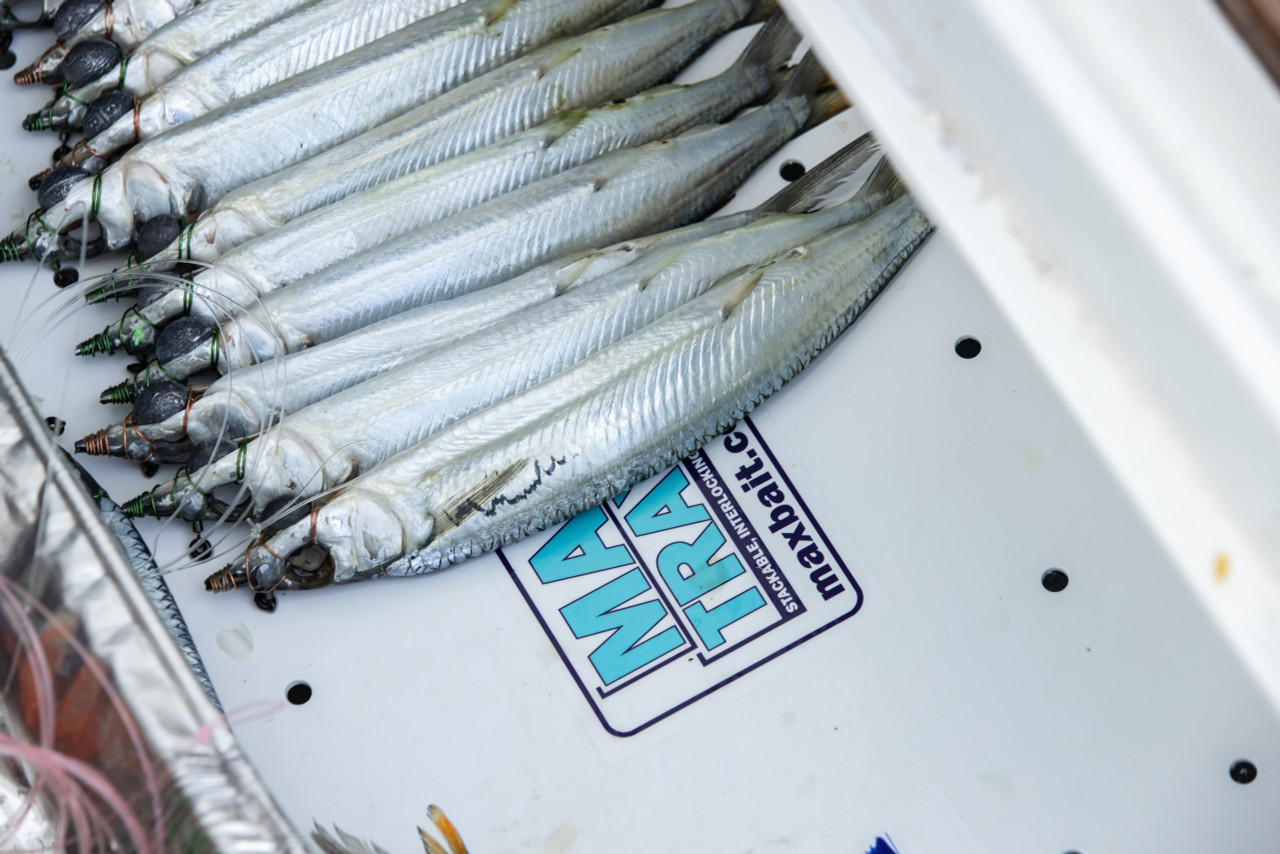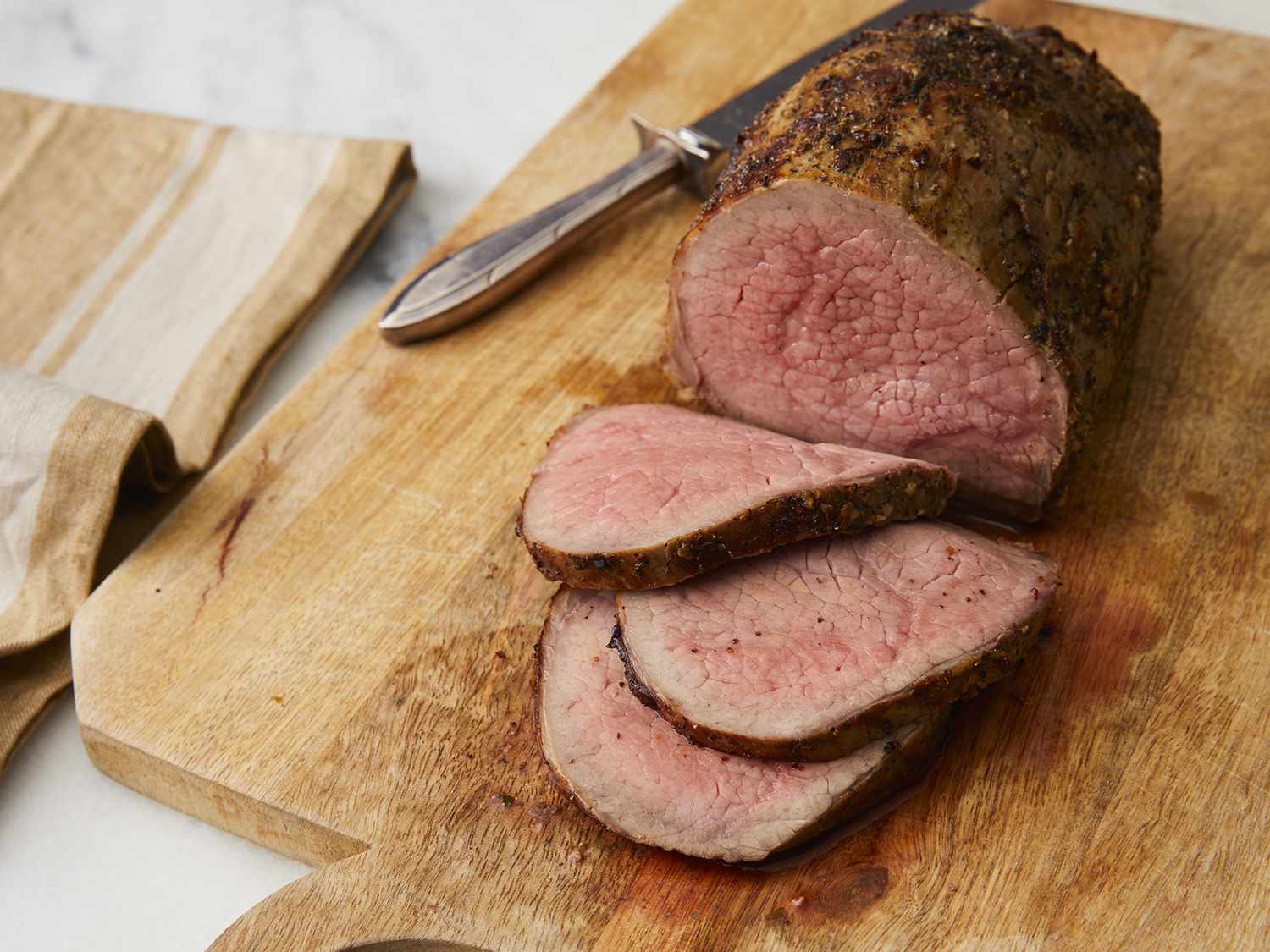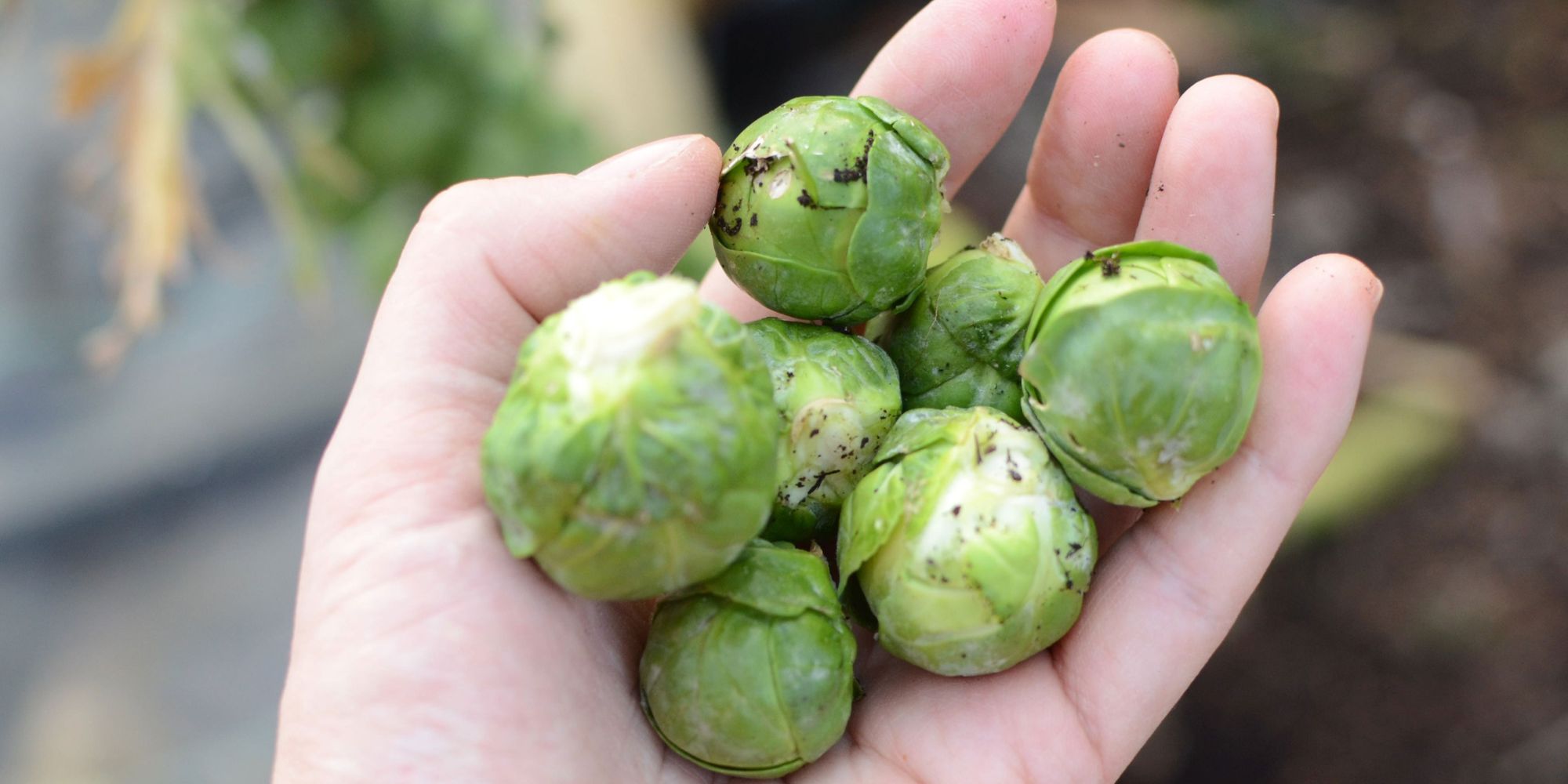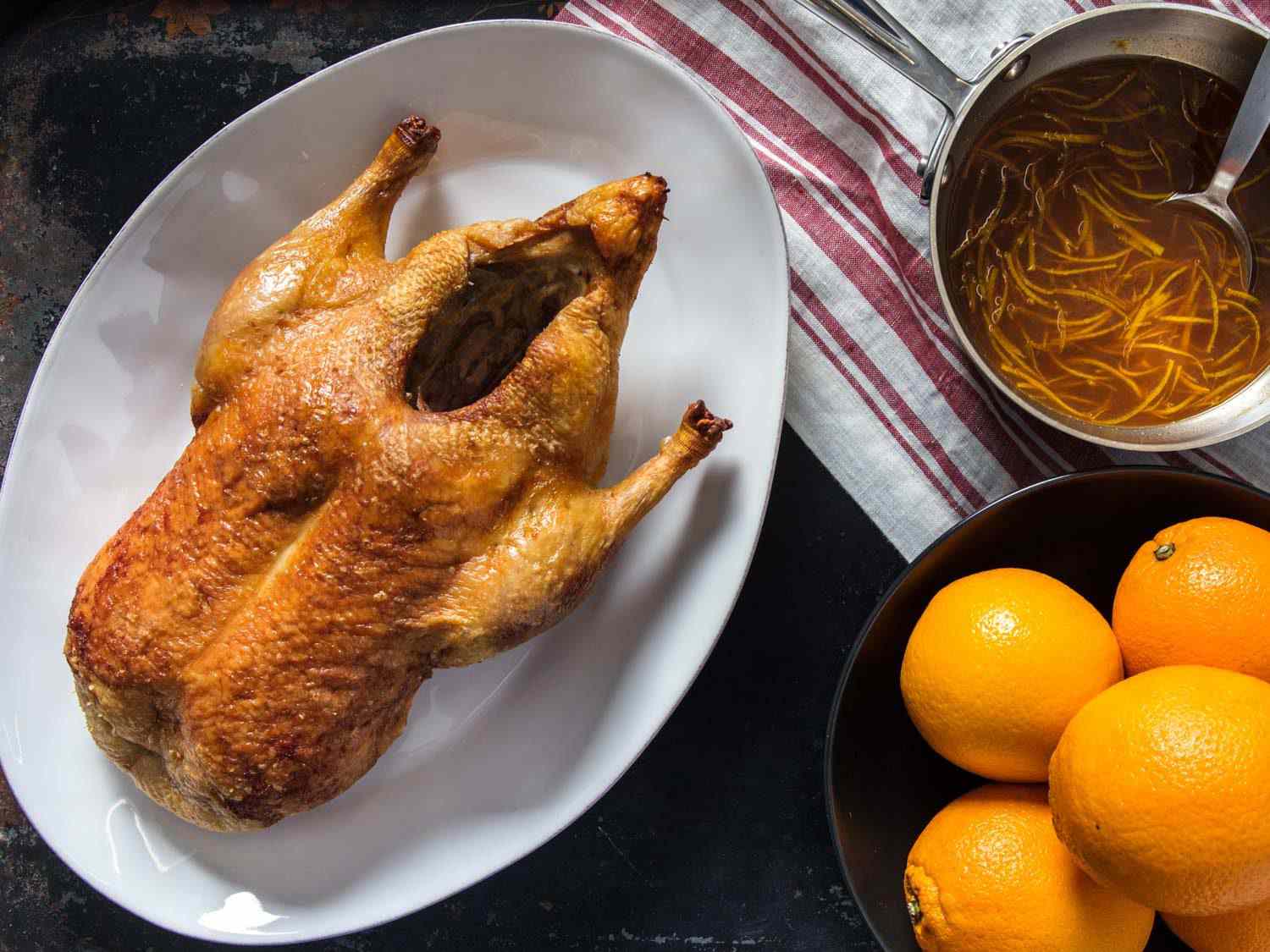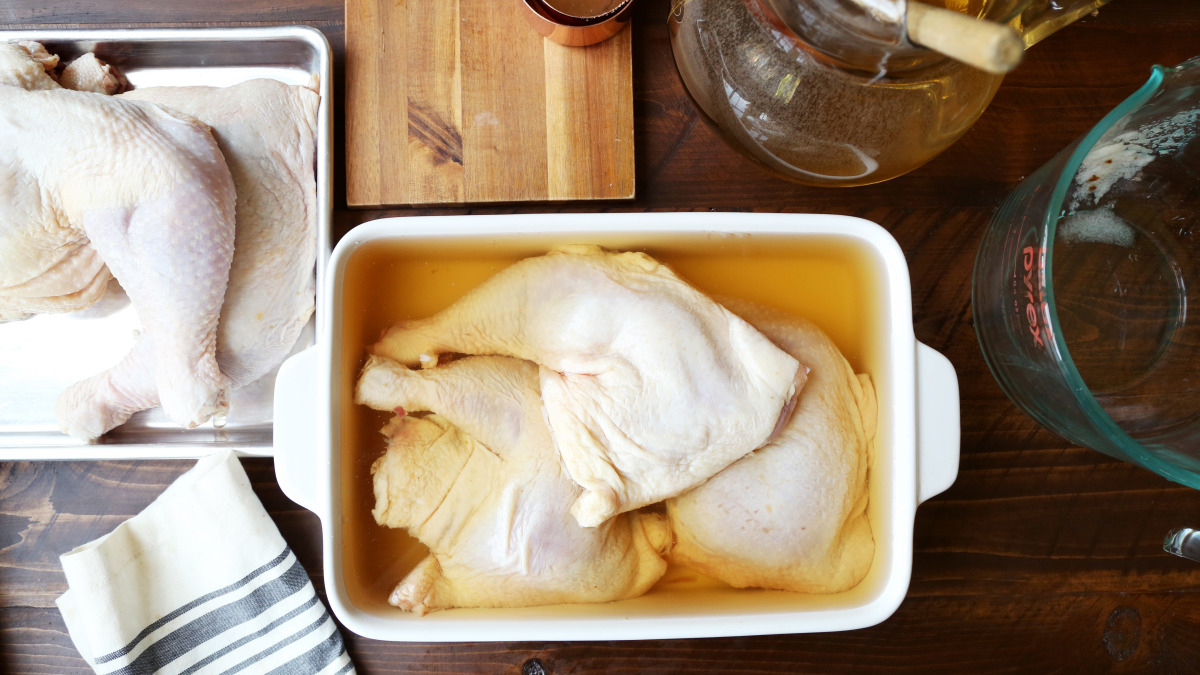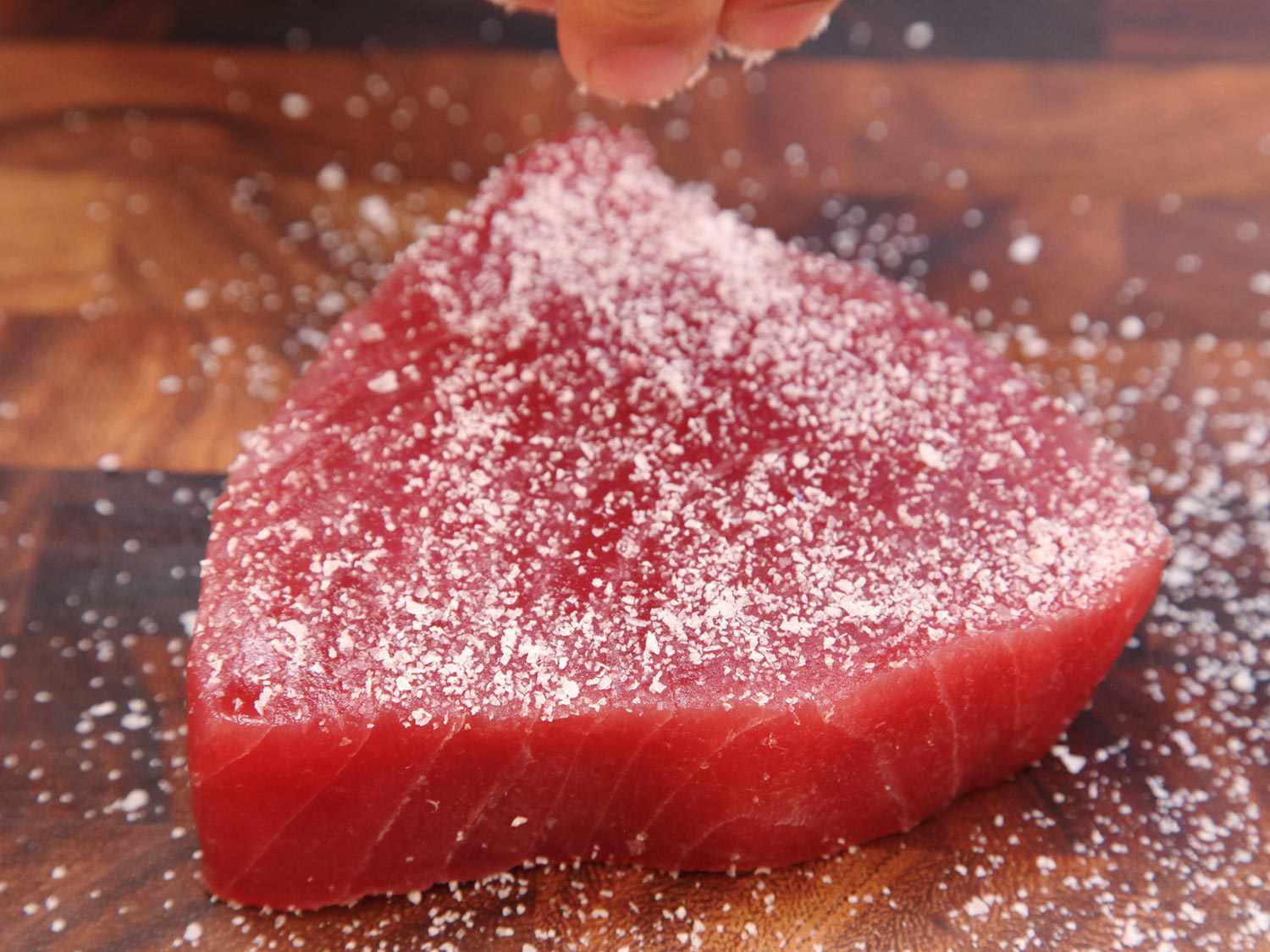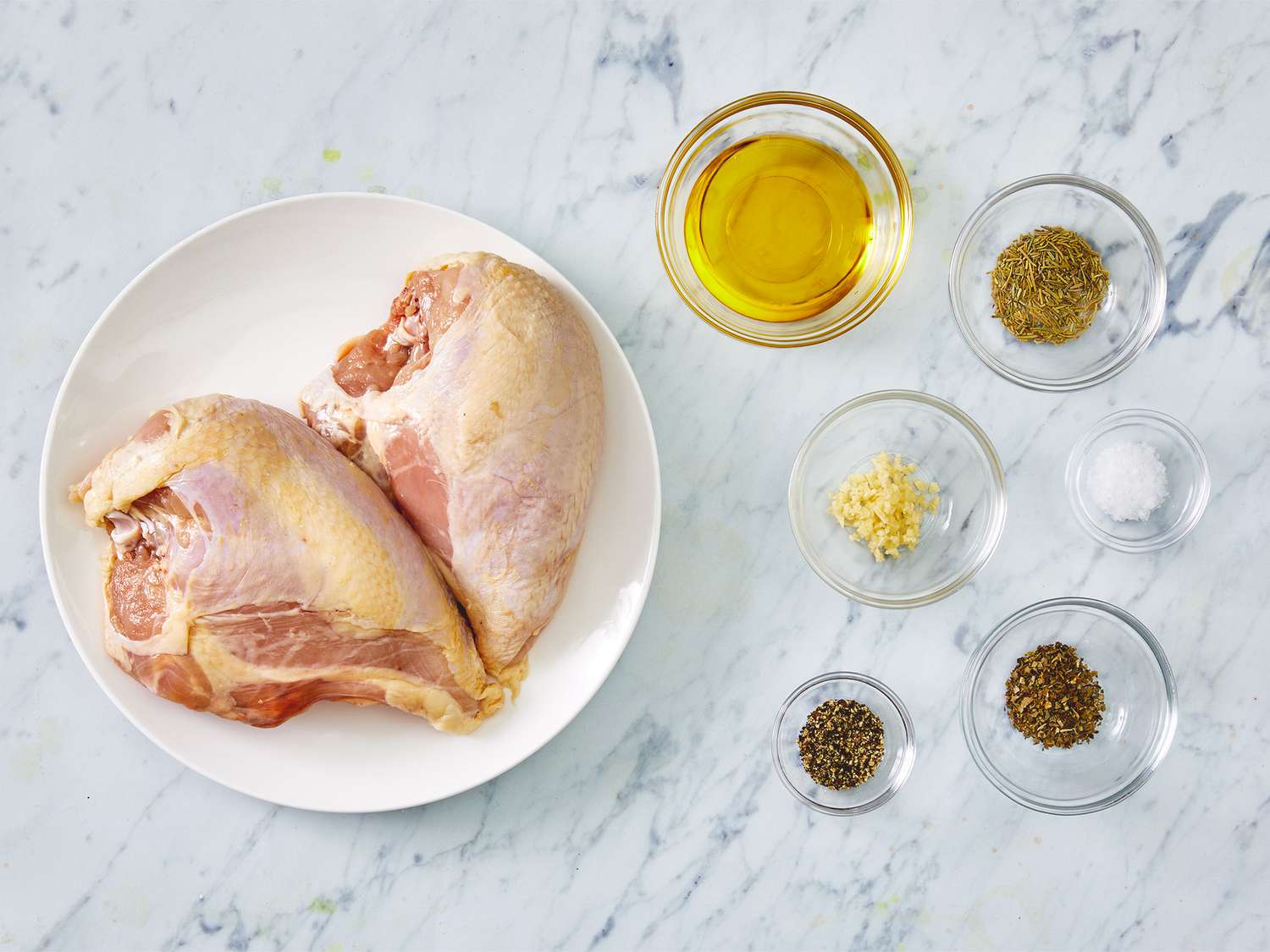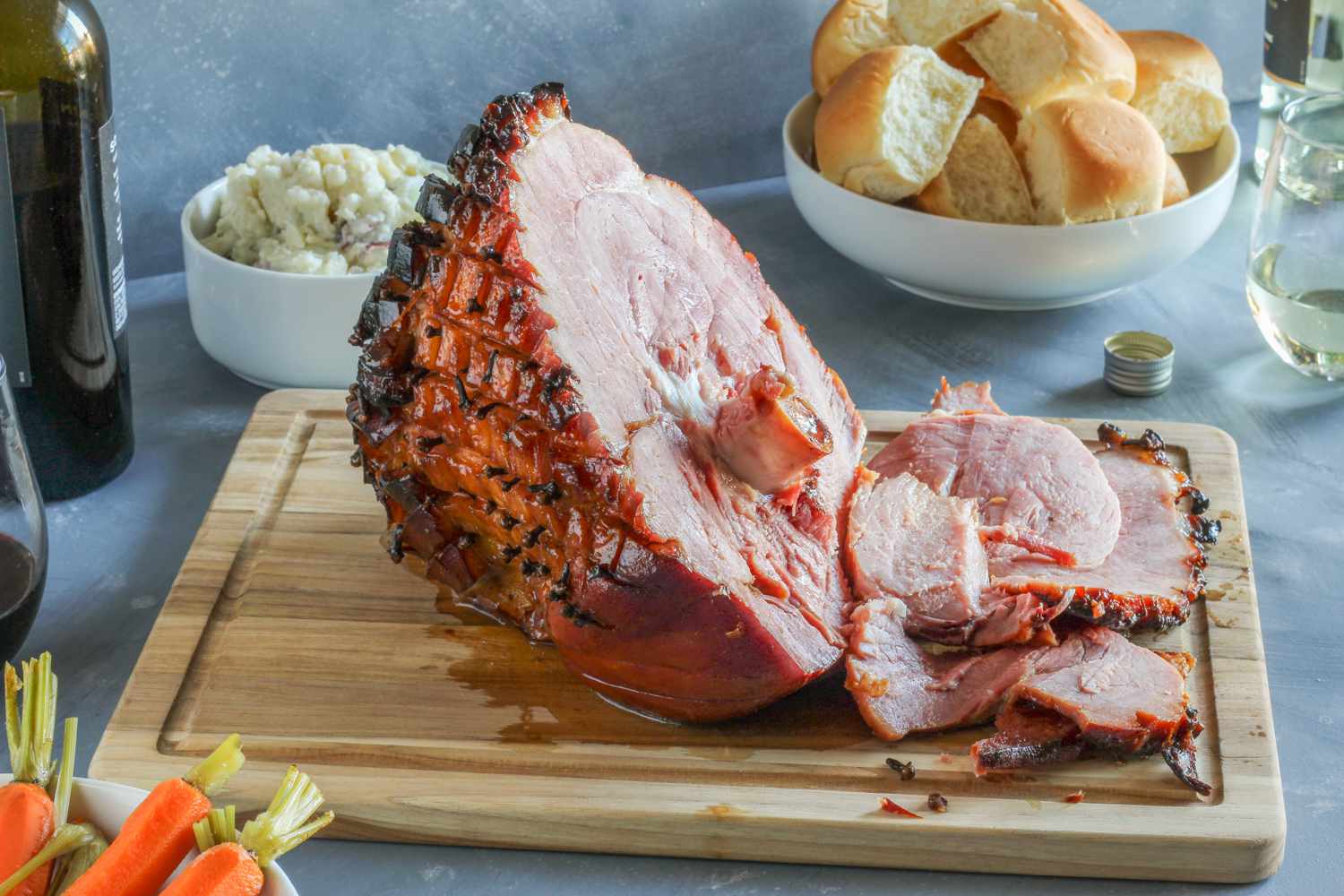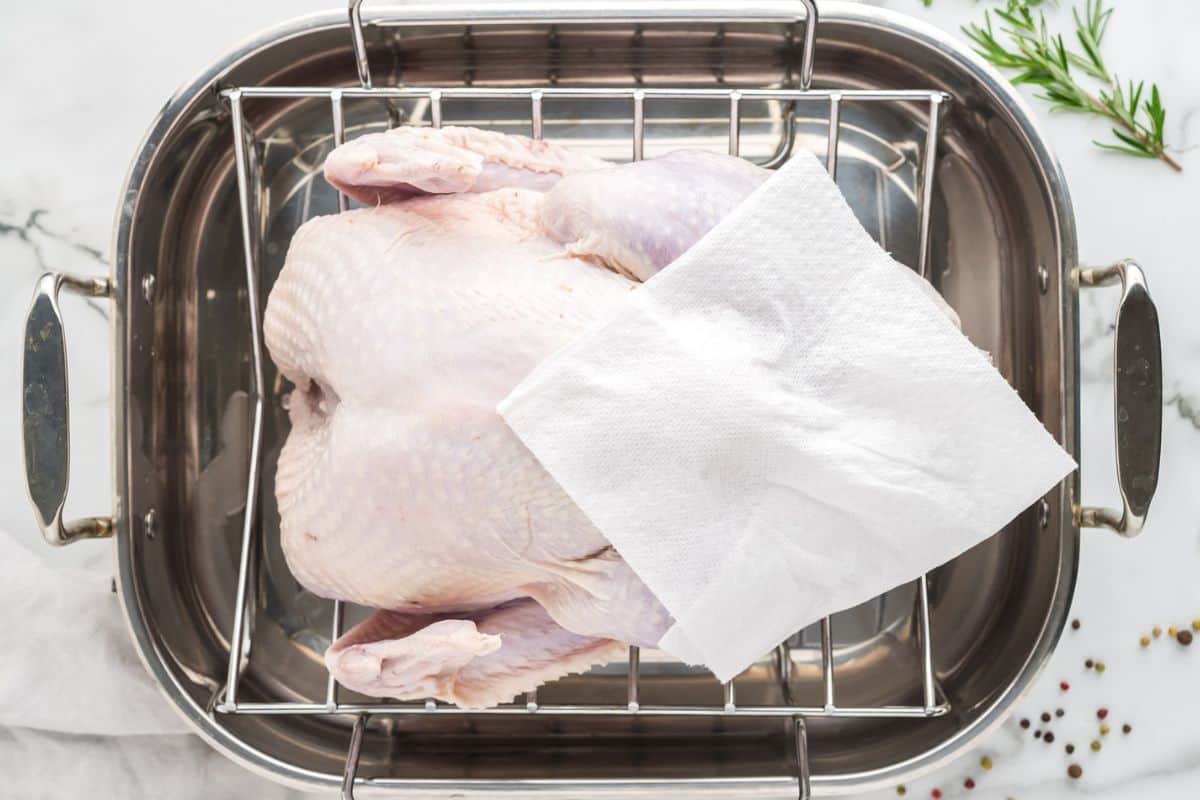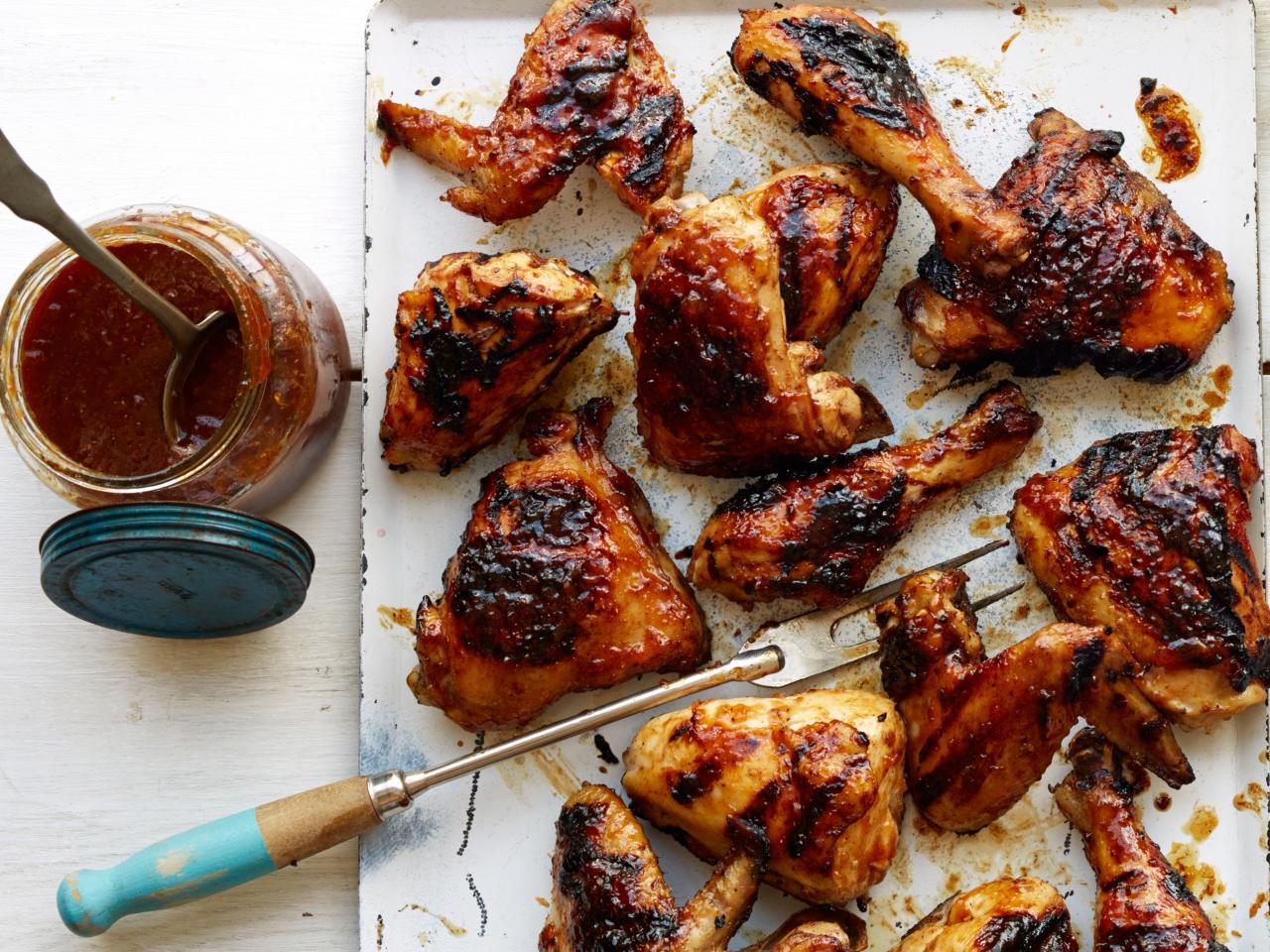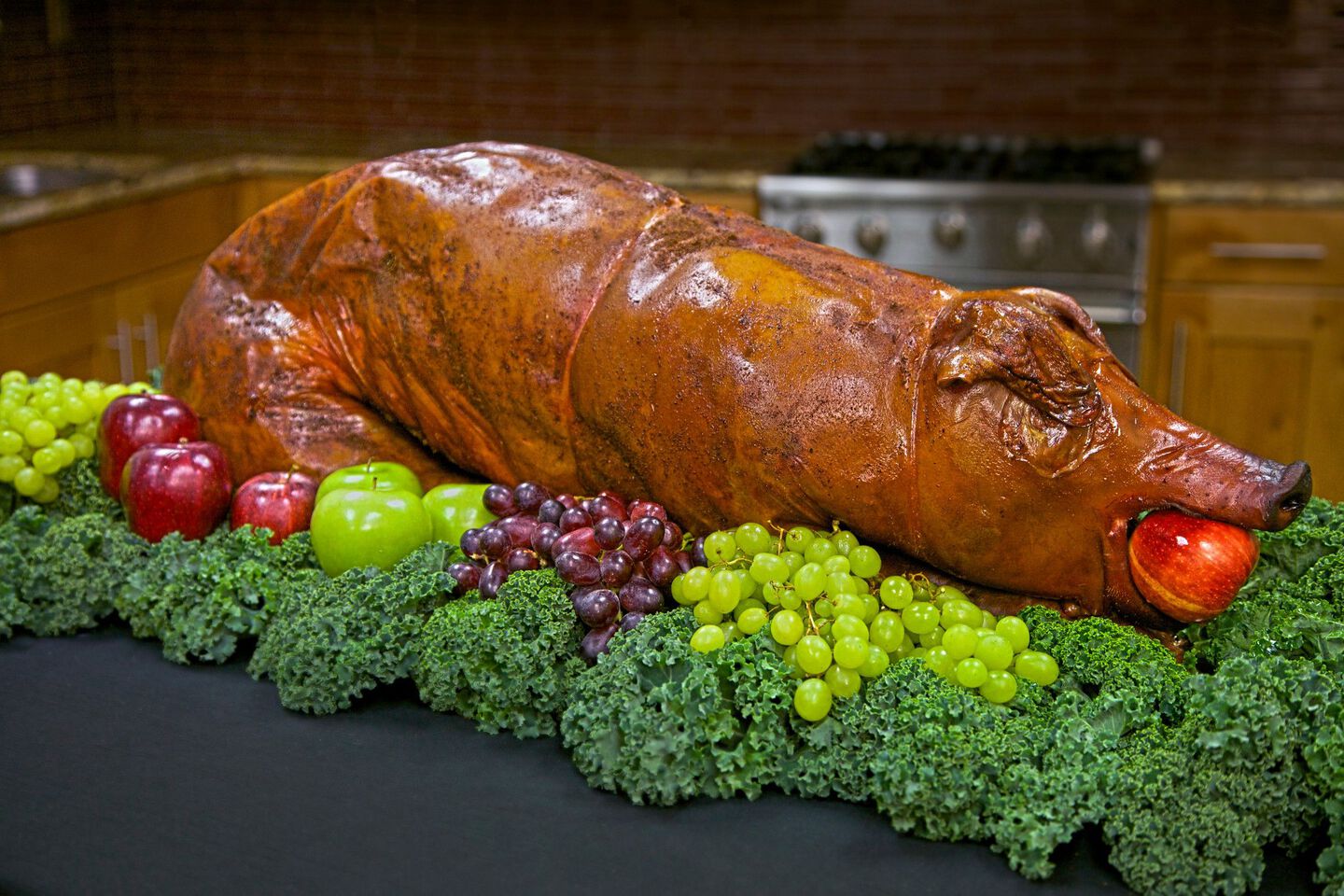Brining a Pheasant: A Delicious Way to Enhance Flavor
Brining is a simple yet effective technique to infuse meat with flavor and moisture, and when it comes to pheasant, it can take your game bird to the next level. Whether you’re a seasoned chef or a novice in the kitchen, brining a pheasant is a straightforward process that can result in a delectable and tender dish. Here’s how to brine a pheasant to perfection:
What You’ll Need
Before you begin the brining process, gather the following ingredients and equipment:
- A whole pheasant
- Water
- Kosher salt
- Granulated sugar
- Herbs and spices of your choice (such as rosemary, thyme, or peppercorns)
- A large container or resealable plastic bag
- Refrigerator space
The Brining Process
Follow these simple steps to brine your pheasant:
- In a large container or resealable plastic bag, combine water, kosher salt, granulated sugar, and your choice of herbs and spices. The general rule of thumb for the brine solution is 1 cup of kosher salt and 1/2 cup of sugar per gallon of water.
- Stir the brine solution until the salt and sugar are fully dissolved.
- Place the pheasant in the brine solution, ensuring that it is fully submerged. If necessary, place a weighted plate on top of the pheasant to keep it submerged.
- Refrigerate the pheasant in the brine solution for at least 12 hours, or up to 24 hours for a more intense flavor infusion.
The Benefits of Brining
Brining serves several purposes when it comes to preparing pheasant:
- Enhanced Flavor: The salt in the brine solution helps to season the meat throughout, resulting in a more flavorful bird.
- Increased Moisture: The brine solution permeates the pheasant, leading to a juicier and more tender end result.
- Customizable Seasoning: By adding herbs and spices to the brine, you can customize the flavor profile of the pheasant to suit your preferences.
After Brining
Once the pheasant has been brined, it’s important to rinse it thoroughly under cold water to remove any excess salt from the surface. Pat the pheasant dry with paper towels before cooking it according to your favorite recipe. Whether you choose to roast, grill, or braise the pheasant, the brining process will have laid the foundation for a delicious and succulent dish.
Conclusion
Brining a pheasant is a simple yet effective way to elevate the flavor and texture of this game bird. By following the steps outlined above and experimenting with different herbs and spices, you can create a mouthwatering pheasant dish that will impress your family and friends. So, the next time you’re preparing pheasant, consider brining it for an unforgettable dining experience.
Was this page helpful?
Read Next: How To Brine Eggplant
